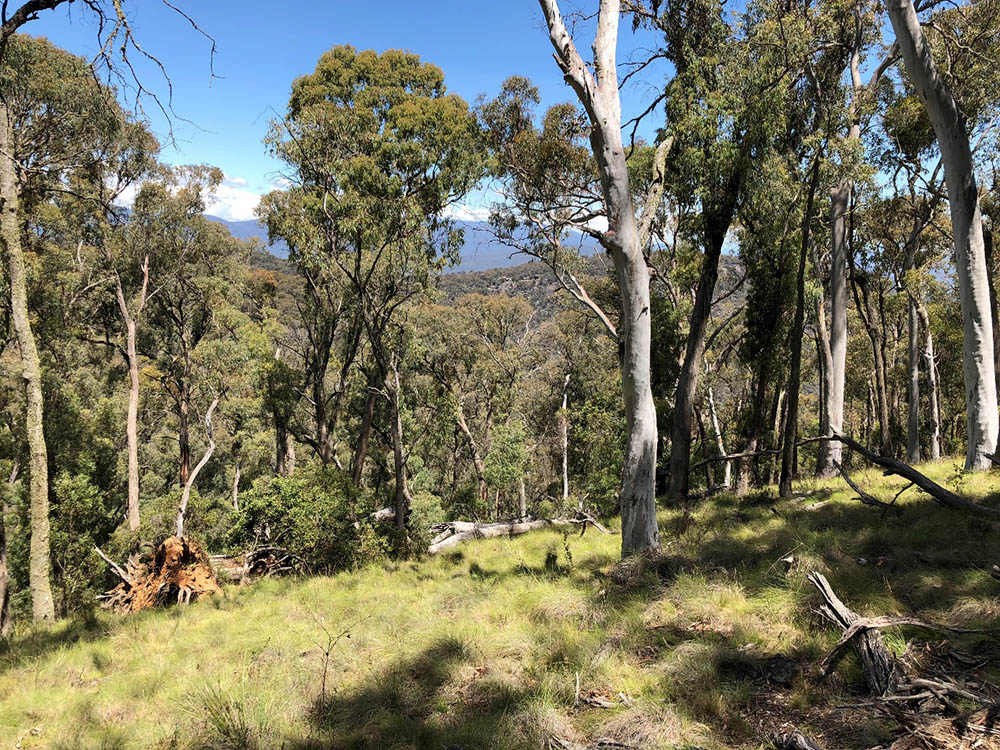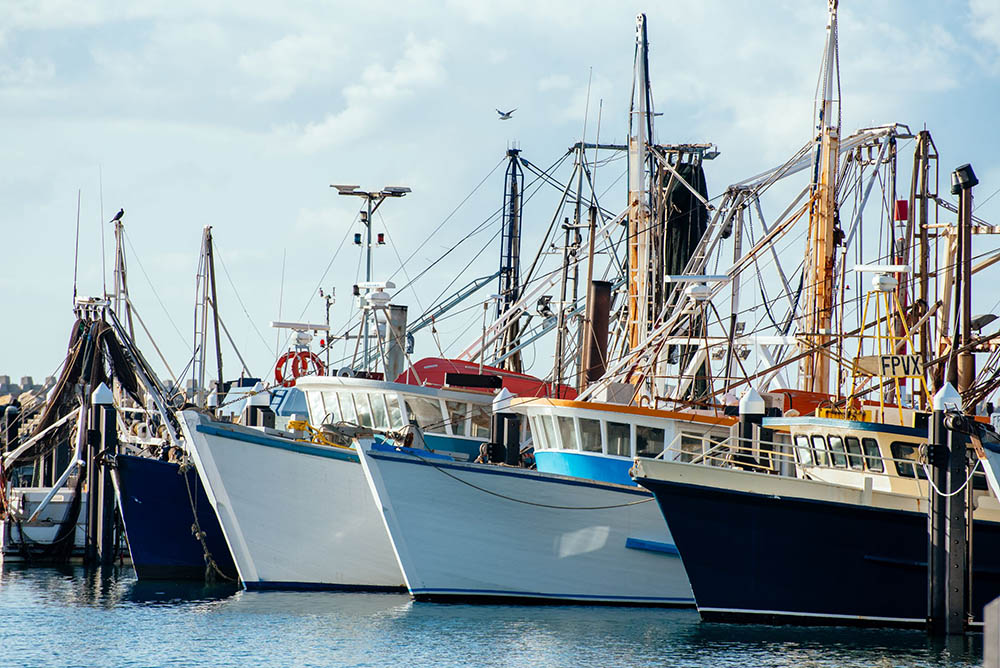A Harvest Strategy defines management objectives for a fish stock or fishery, and brings together the key scientific monitoring, assessment and management measures used to make decisions to achieve the objectives, including those related to the intensity of fishing activity to be applied to a species or catch to be removed from a fishery. This promotes transparent, proactive and decisive management that avoids ad hoc, reactionary or delayed decisions.
A Harvest Strategy can be developed at the species or fishery level to bring together commercial, recreational and Aboriginal fishing in an integrated fishery or stock management approach. Harvest Strategies are developed through Harvest Strategy Working Groups in partnership with Government and key stakeholders, with each working group considering ecological, economic and/or social and cultural factors in determining the objectives of each strategy.
Developing Harvest Strategies in NSW is progressing, with four Harvest Strategy Working Groups already established for Trawl Whiting, Lobster, Spanner Crab and the iconic Mulloway.
The Trawl Whiting Harvest Strategy is the first Harvest Strategy for NSW, adopted in early 2022 following public consultation and final review. This strategy provides a new management framework for two important commercial species (Eastern School and Stout Whiting – collectively known as ‘Trawl Whiting’), with stocks and harvest shared with Commonwealth and Queensland respectively. The new strategy was used by the independent Total Allowable Fishing (TAF) Committee to guide the setting of Total Allowable Catch (TAC) for Trawl Whiting for the 2022/23 and 2023/24 fishing seasons.
Adoption of the Trawl Whiting Harvest Strategy was closely followed by adoption of the NSW Lobster Fishery Harvest Strategy in early 2022. The newly adopted strategy was again used by the TAF Committee to guide the TAC setting for Eastern Rock Lobster for the 2022/23 fishing period, resulting in a Total Allowable Commercial Catch (TACC) of 200 tonnes, an increase of 20 tonnes from the previous fishing period and the highest TAC determined in the history of the fishery.
In addition to existing groups that have developed or are working on developing strategies, an Expression of Interest (EOI) was released in August 2022 to establish a new working group to develop Harvest Strategies for key species in the NSW line and trap fisheries, commencing with Snapper and Kingfish.
This is an important program, with development to continue to enhance effective and agreed approaches to support sustainable management of fisheries resources in NSW.





